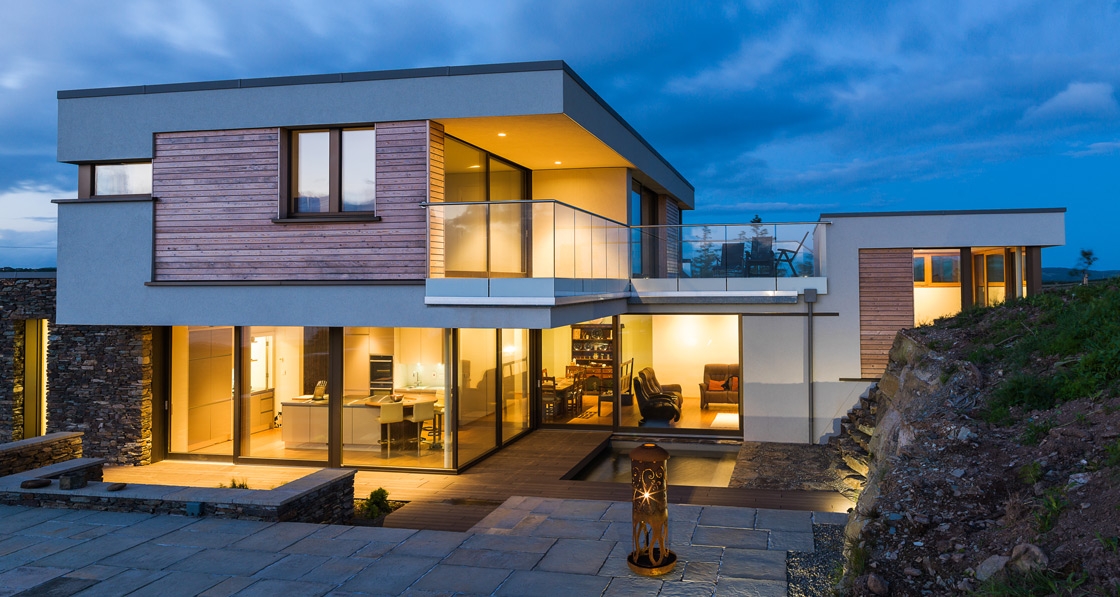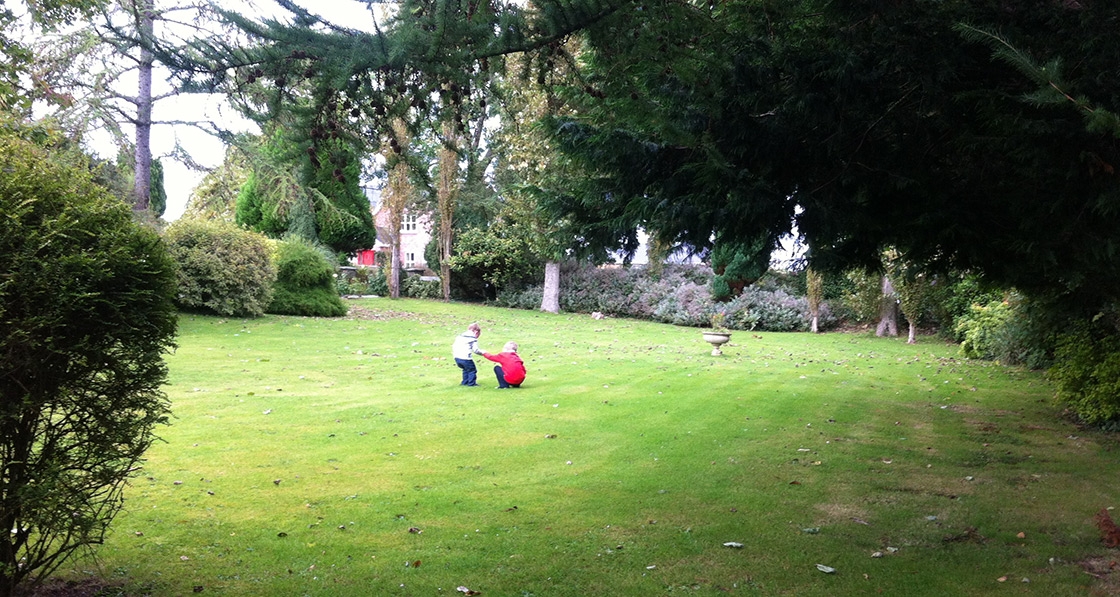BREEAM excellent building marries sustainability with world-class design
Although Ireland’s energy efficiency requirements for non-residential buildings fall far short of EU requirements, occasionally a progressive client will take matters into their own hands and push the envelope of sustainable design, such as Gas Networks Ireland’s award-winning Finglas offices.
























